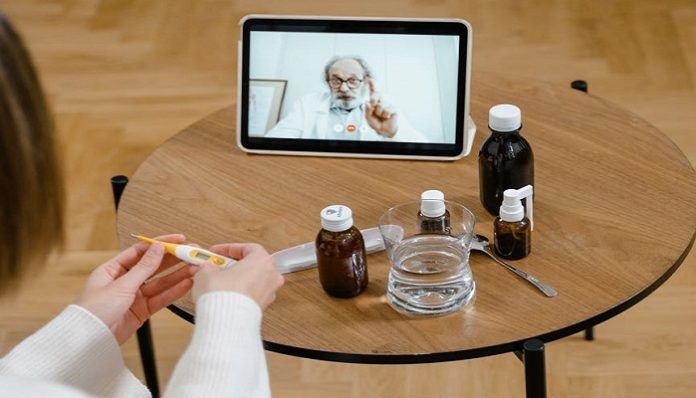
The world we knew had changed when we were hit by the COVID-19 pandemic last year. Many of us began working from home, finding new ways to celebrate our loved ones (drive-by birthday parades, anyone?), and attending most professional meetings online.
Along with this, the medical world experienced numerous changes too. Doctors, nurses, and other medical professionals became the heroes of our communities. While COVID-19 medical care took priority, routine medical checkups were still essential. So the medical world found ways to conduct their business in the safest way possible: remotely.
Many patients who needed birth control pills and STI testing could have their appointments virtually. Others, who felt their STI symptoms were stronger, were still able to have an in-person visit.
Many healthcare providers screened patients, set up lab appointments, and discussed treatment options online. Both patients and healthcare providers found this option useful for PrEP (pre-exposure prophylaxis), a preventative strategy for HIV that works by the daily use of antiviral drugs. What’s more, virtual screening allows patients to have comfort and privacy when discussing personal matters they may not want to share in a more “public” setting.
To keep up with the newfound demand, a new company, Nurx, took patient’s comfort to a whole new level. Not only do they send testing kits to patients’ homes, but they also allow them to communicate through their messaging app, which avoids the awkward face-to-face conversation about a topic that might be uncomfortable. The bonus is that most insurances fully or at least partially cover the use of their services.
After patients complete a telehealth visit, Nurx will send them their birth control via mail. For some, it may even require less, like a completion of a brief survey.
Telehealth can be used to discuss birth control options, request refills, and learn potential side effects. However, you may want to check local laws as some states don’t allow birth control prescriptions to be written before an in-person visit.
Some telehealth providers vary in cost. For example, some recent studies have shown that a telehealth visit may cost almost 50% less than an in-person visit. However, if you need follow-up appointments, lab testing, or additional referrals/counseling, the cost may be higher. Planned parenthood applies its sliding scale income-based pricing for telehealth visits and for those without insurance. Conversely, patients who have insurance will have various costs depending on their coverage.
However, the abundance of services provided by telehealth doesn’t end here. Patients can also get emergency contraceptives, diagnosis and treatment of UTIs and yeast infections, and general sexual health counseling. As mentioned above, some STDs have similar symptoms and, therefore, you may require an in-person lab test or medical appointment. Nevertheless, the internet and all of its resources can be beneficial but also overwhelming. So, write your questions down, take notes, and try to conduct the appointment in a quiet, relaxing, and private area.
Here are some resources if you find yourself needing virtual sexual health screening:
Featured image via Tima Miroshnichenko on Pexels



















This is a great thing, I think everyone feels this information is very valuable, thank you